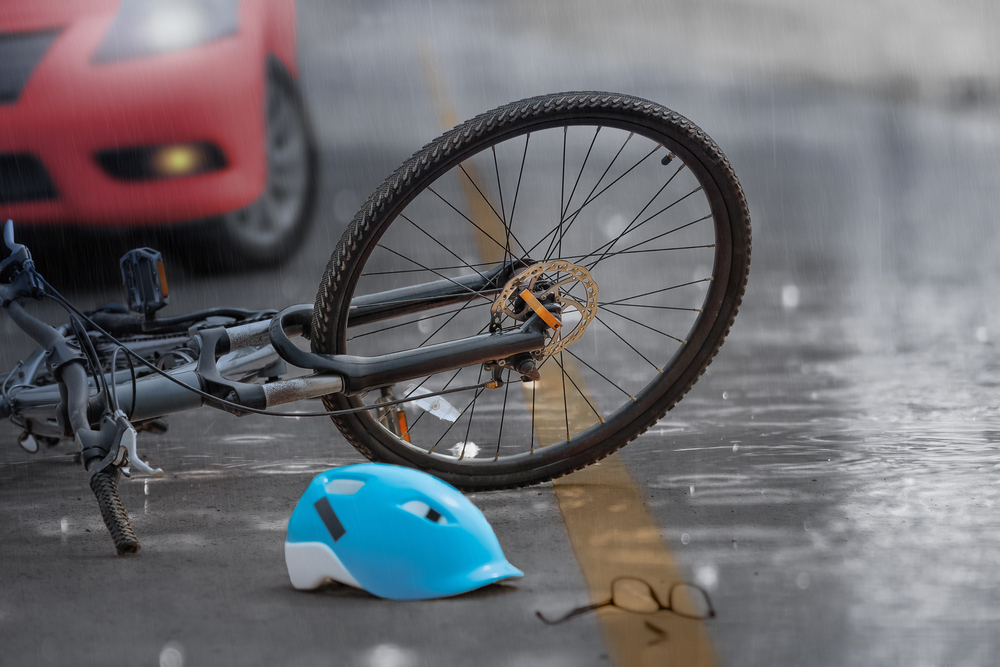 Car-bicycle accidents can be some of the most devastating accidents on the road. When a car and a bicyclist collide, the consequences for the bicyclist can be severe, sometimes even fatal. In such an accident, determining who is at fault can be a complex process, and various factors need to be taken into account. While every case is unique, here are some general things you should know about how fault is determined in a collision between a cyclist and a driver.
Car-bicycle accidents can be some of the most devastating accidents on the road. When a car and a bicyclist collide, the consequences for the bicyclist can be severe, sometimes even fatal. In such an accident, determining who is at fault can be a complex process, and various factors need to be taken into account. While every case is unique, here are some general things you should know about how fault is determined in a collision between a cyclist and a driver.
Common Reasons the Driver May Be at Fault
In many cases, drivers may be at fault for accidents involving bicycles. Drivers have a responsibility to share the road safely with all other vehicles, including bicycles. Unfortunately, many drivers may be unaware of the specific laws and regulations surrounding bicyclists on the road or may not take the necessary precautions to ensure the safety of those around them. Some common driver behaviors that can lead to accidents with bicyclists include:
Common Reasons the Bicyclist May Be at Fault
While it’s easy to assume the larger vehicle is the guilty party in these kinds of collisions, it is important to note that bicyclists can also be at fault in these accidents. Bicyclists have a responsibility to follow the rules of the road, including obeying traffic signals, riding in designated bike lanes, and using proper hand signals when turning. Some common bicyclist behaviors that can lead to accidents with cars include:
How Fault Is Determined
Determining fault in a car-bicycle accident involves a thorough investigation of the facts and circumstances surrounding the accident. Some factors that may be taken into account include:
Once all of the evidence has been gathered, fault will be assigned based on who was found to be negligent. Negligence is a legal term used to describe a failure to exercise reasonable care, resulting in harm to another person. In the case of a car-bicycle accident, negligence can be attributed to either the driver or the bicyclist, depending on the circumstances.
In some cases, fault may be split between the driver and the bicyclist. For example, if a driver was speeding, but the bicyclist was riding on the wrong side of the road at the time of the collision, both parties may share the fault, which would impact any future personal injury cases that may arise.
If you were injured by a vehicle while riding your bike on the road, contact The Harr Law Firm today. We’ll discuss the details of your case with you to help you better understand how fault is assigned and how that impacts your case. Then, we’ll work with you to ensure you get the compensation you deserve.